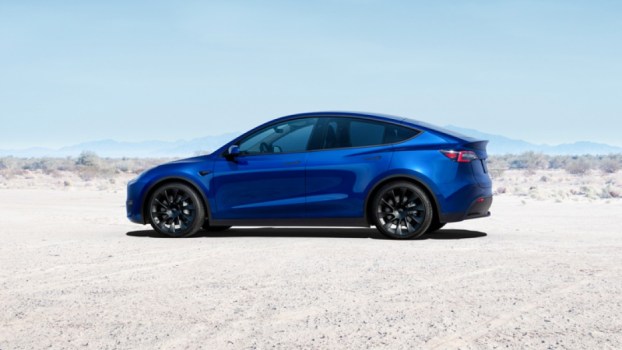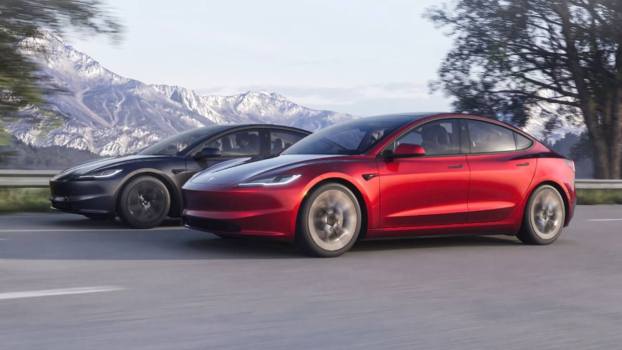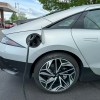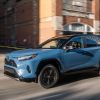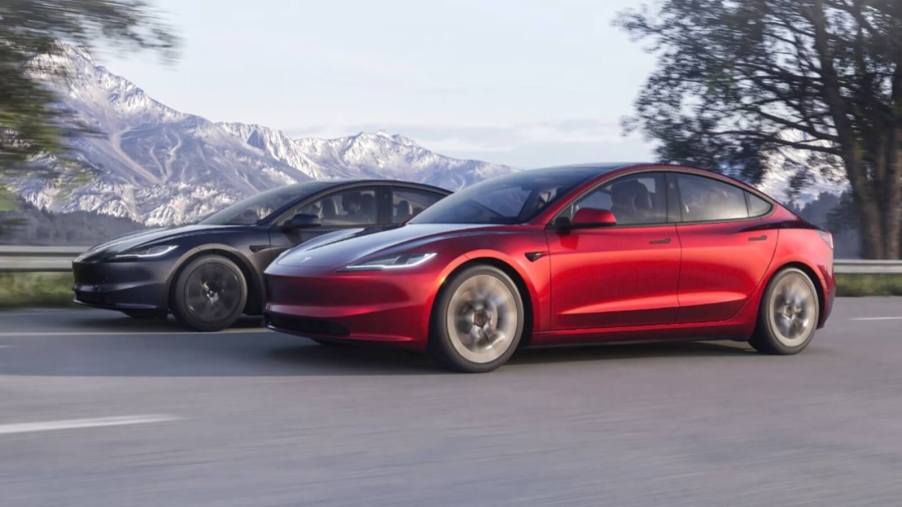
Tesla’s Price Cuts Sting Current Owners With Immediate Depreciation
As Tesla continues to lower prices on the Model Y and Model 3, current owners feel the pain. Consumers who purchased these electric vehicles during previous model years paid much more for them than new owners, especially after Tesla cut prices. This could leave some drivers in a perilous position when trading for a new Tesla in the future.
How cheap is a new Tesla Model Y?
New versions of this small Tesla electric SUV are at the lowest price since the vehicle appeared in the automotive market. Many new models with RWD now start at prices between $35,000 and $37,000 after the $7,500 federal tax credit. These prices are before taxes and fees but still put the Tesla Model Y in an extremely affordable category. This makes it more accessible to most consumers.
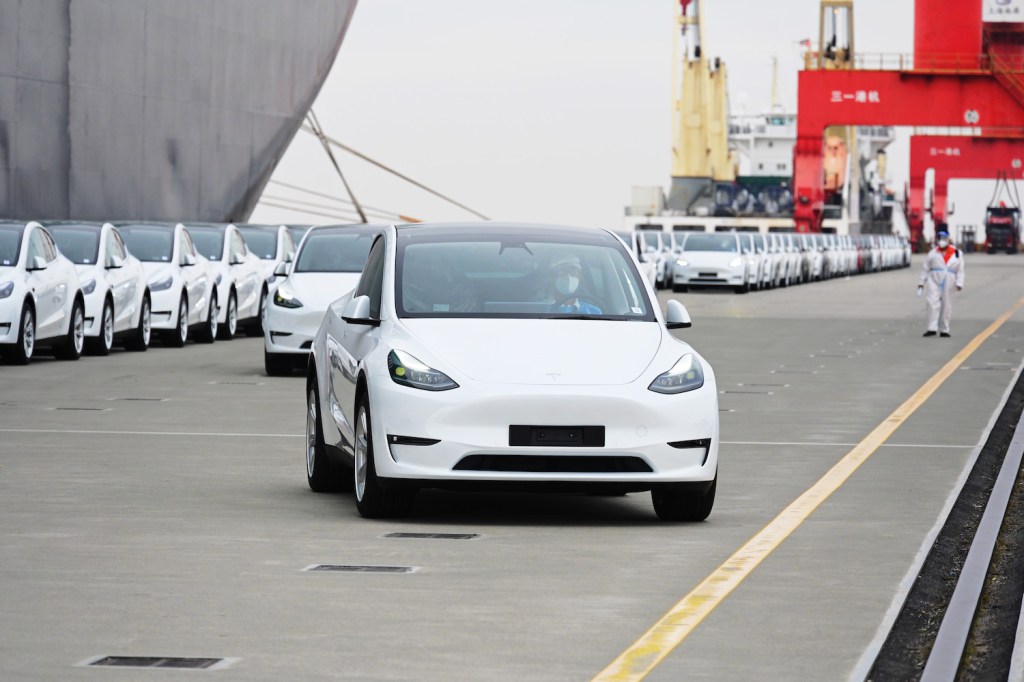
Where’s the pain?
Some current Tesla Model Y owners may feel frustration caused by these new price cuts. Those cuts translate to dramatic depreciation and could leave some owing more on their electric SUV than the vehicle is worth. Forbes reports one owner purchased a Model Y in August 2021 for $54,290. The same model is $51,990 before the federal tax credit. Add that $7,500 to the price, and the same vehicle is $44,490, nearly $10,000 less than the owner paid in 2021.
How can you get the best deal on a Tesla Model 3?
The most inexpensive way to drive a Tesla Model 3 is through the Tesla lease program. The $7,500 tax incentive is distributed over the lease term, protecting you from the steep depreciation associated with price cuts.
There’s a slight catch with the Model 3. Only the Performance model qualifies for the $7,500 credit when purchasing this vehicle. This is another reason to choose the lease program, especially when you don’t want to spend more for the Performance model.
Some owners must keep their Tesla EVs for the long-term
Like many products, electric vehicles will hit a price wall, causing prices to drop. You might remember how expensive CD players, VCRs, and early smartphones were when they hit the market. Eventually, prices for these items fell, but consumers who bought them early were stuck with overpriced versions. The same is true for early EV owners.
Electric vehicle owners who purchased their vehicles during the early push to the market most likely overpaid and could be “upside down” in their vehicle loans. This means they owe more for the vehicle than what it’s worth. The best way to avoid this is to lease an EV, at least while prices continue to drop.
